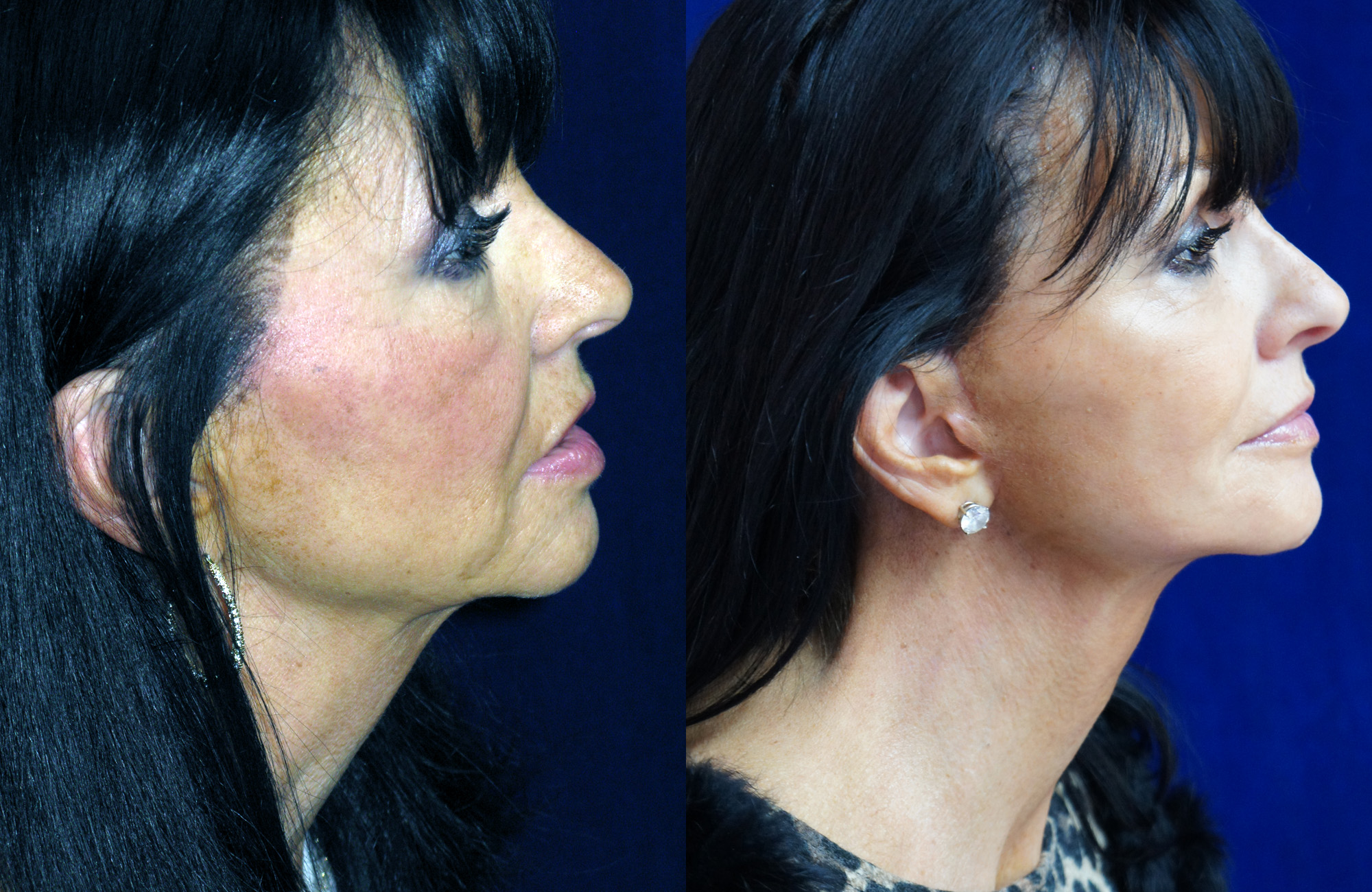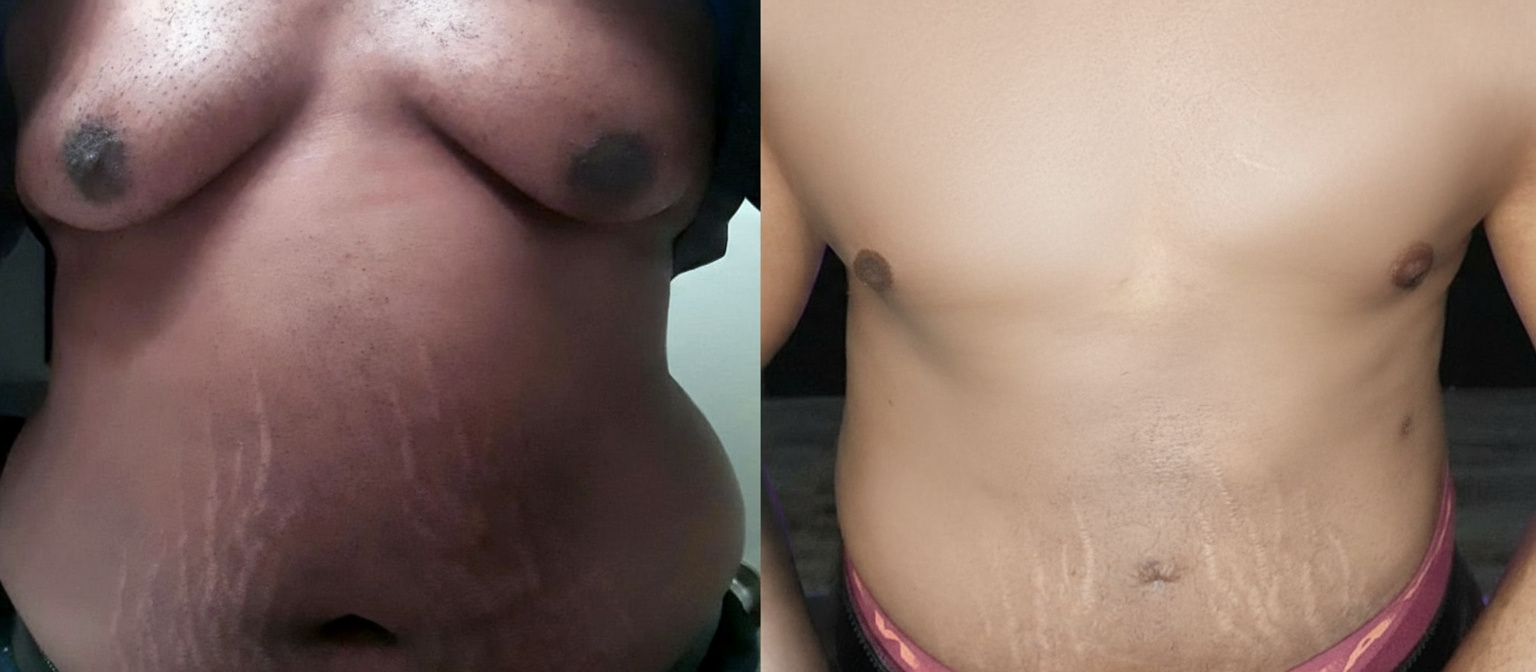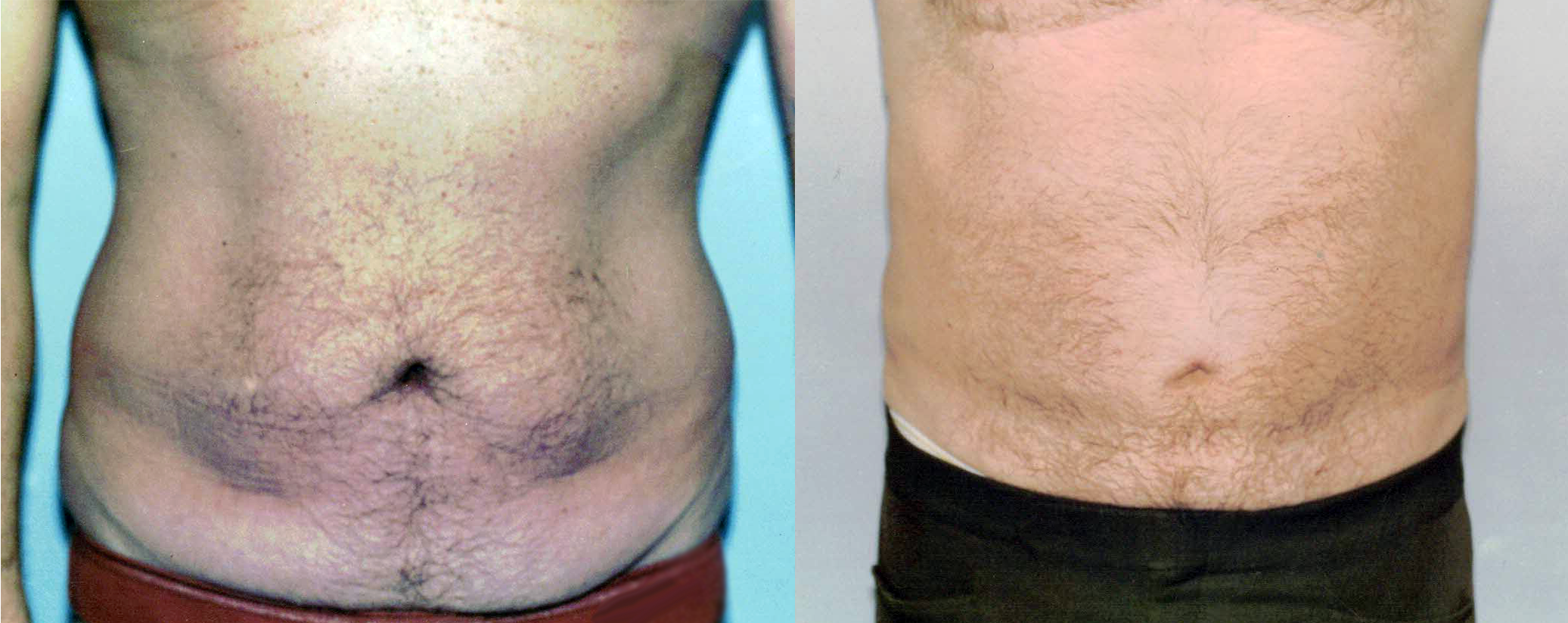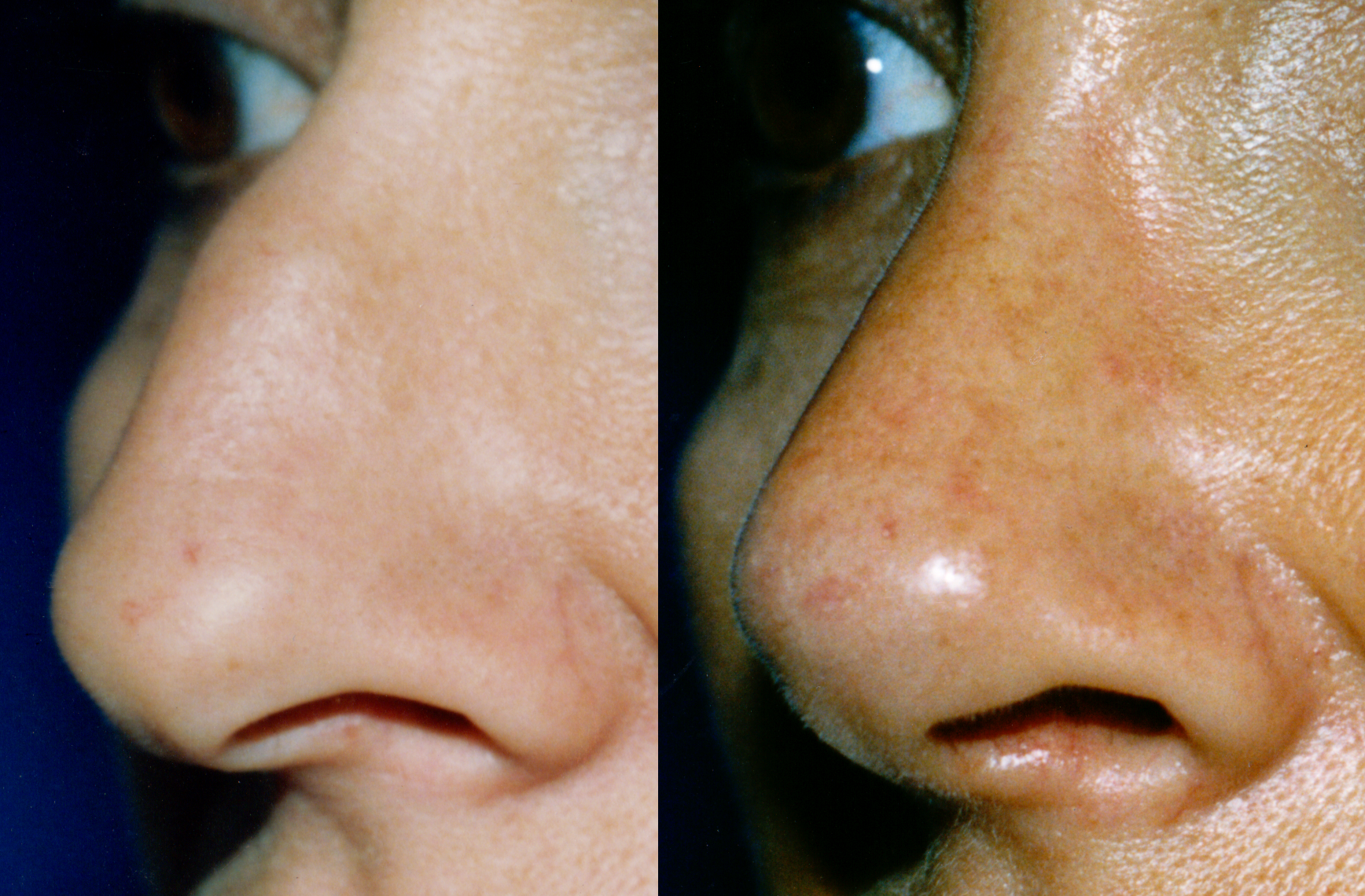Dr. Elliott Lavey, MD
Plastic Surgery & Aesthetic Wellness
Board-certified plastic surgeon specializing in natural-looking results with metabolic wellness optimization for enhanced healing and outcomes.
Meet Dr. Lavey
Board-certified plastic surgeon with over 40 years of experience in aesthetic and reconstructive surgery
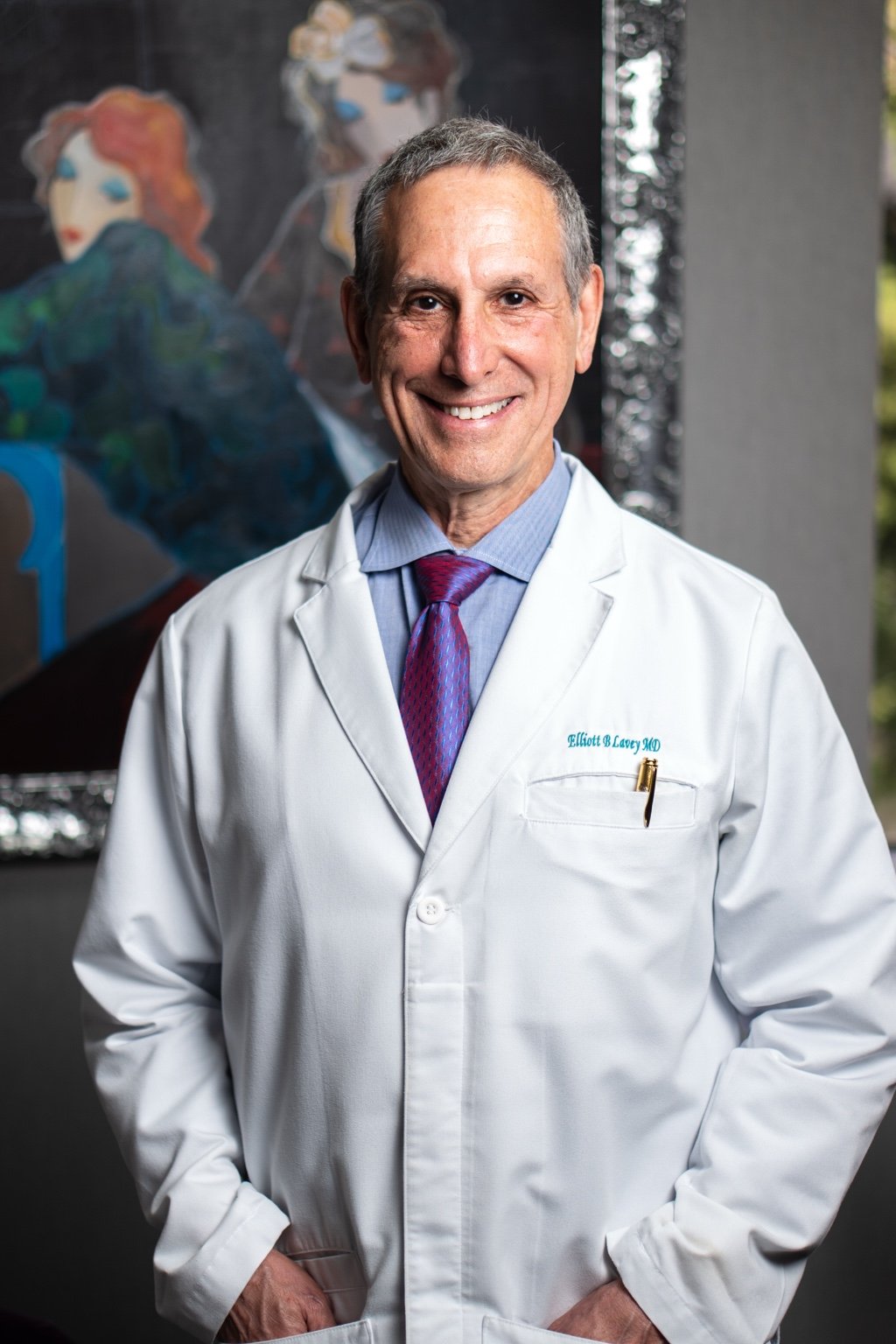
Meet Dr. Elliott B. Lavey
Award Winning California Plastic Surgeon
Board-Certified Plastic Surgeon | Stanford-Trained | Over 40 Years of Excellence
Dr. Elliott Lavey is a board-certified plastic surgeon with over four decades of experience in cosmetic and reconstructive surgery. Trained at Stanford University, he is known for combining exceptional surgical precision with a warm, personalized approach to care.
Dr. Lavey is deeply committed to helping each patient achieve their aesthetic goals through safe, advanced, and natural-looking procedures. With a distinguished career that includes international training, medical research and teaching, he is recognized as a leader in the field of aesthetic plastic surgery—both in the Bay Area and abroad.
Professional Credentials
Board Certified
American Board of Plastic Surgery
ASPS Member
American Society of Plastic Surgeons
40+ Years
Surgical Experience
Wellness Focus
Metabolic Optimization
Featured Procedures
Comprehensive plastic surgery procedures enhanced with metabolic wellness optimization for superior results
Stunning Transformations
Witness the artistry of Dr. Lavey through these remarkable before and after results, showcasing natural-looking transformations that enhance each patient's unique beauty.
Facelift Transformation
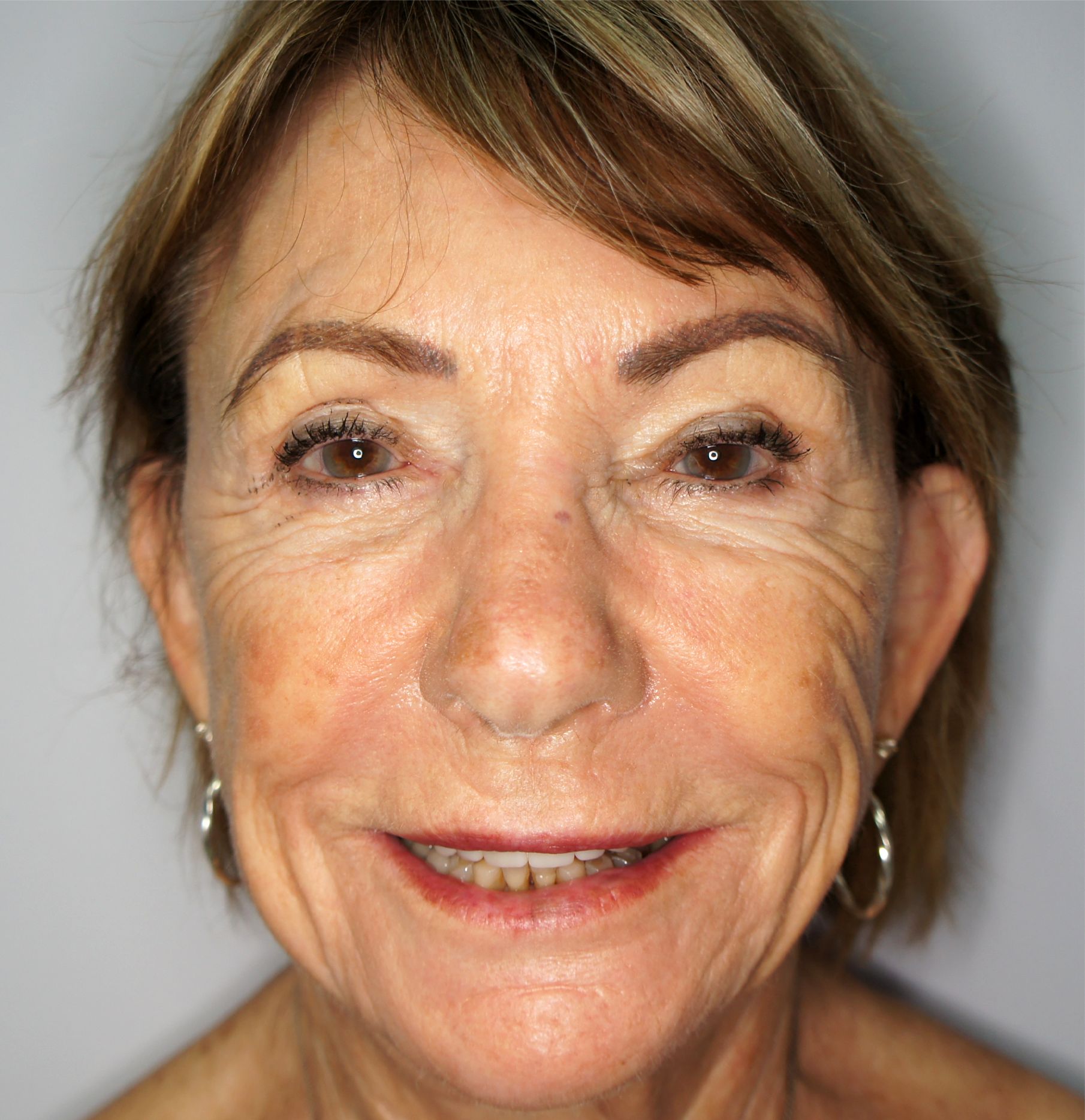

This patient achieved natural-looking results with full facelift, enhancing their confidence while maintaining their unique beauty.
Rhinoplasty Enhancement
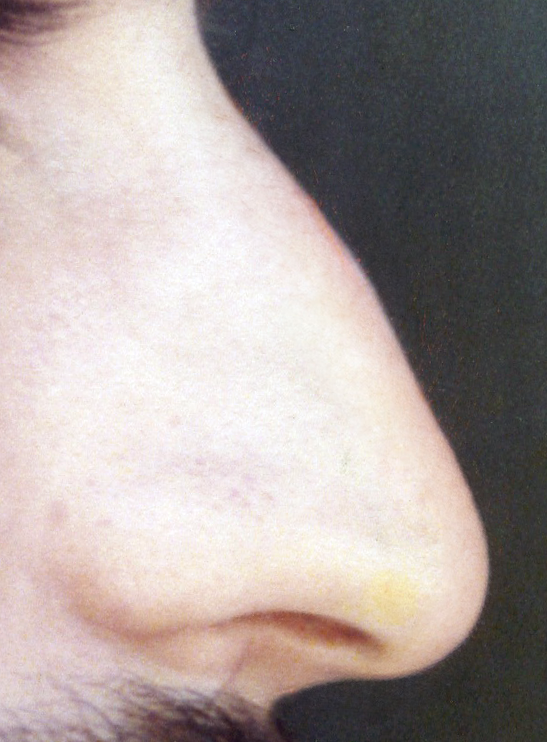
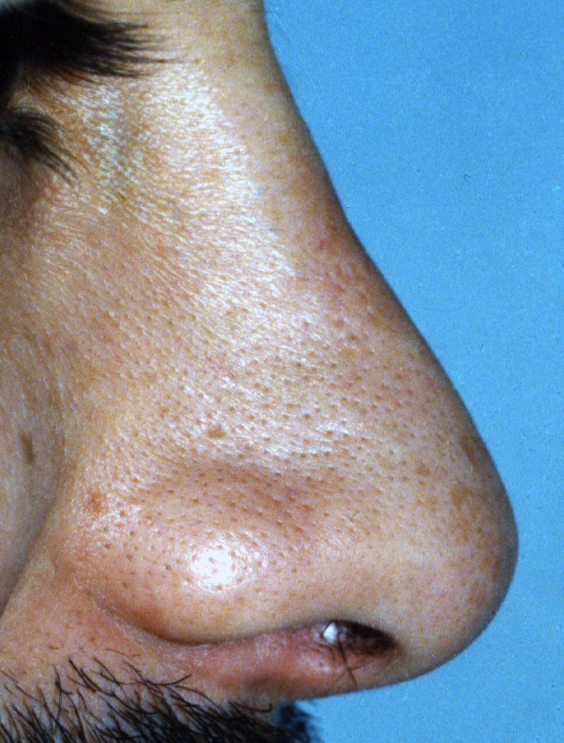
This patient achieved natural-looking results with rhinoplasty, enhancing their confidence while maintaining their unique beauty.
Tummy Tuck Results
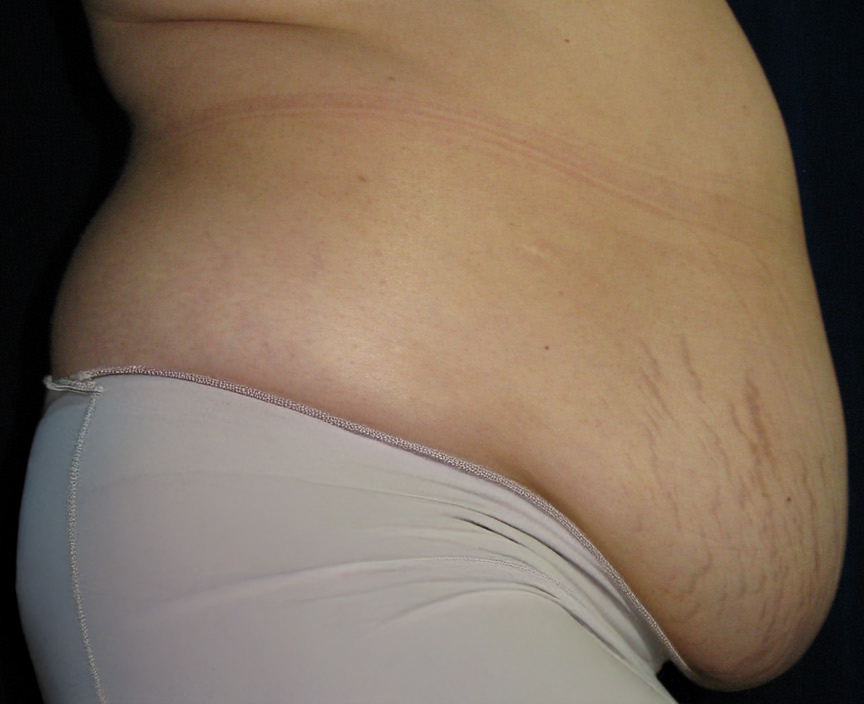
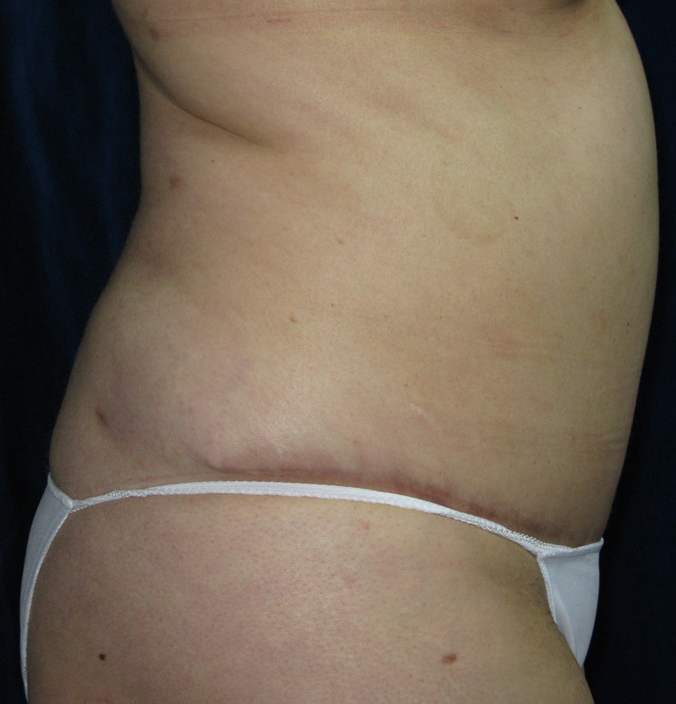
This patient achieved natural-looking results with abdominoplasty, enhancing their confidence while maintaining their unique beauty.
Blepharoplasty Results
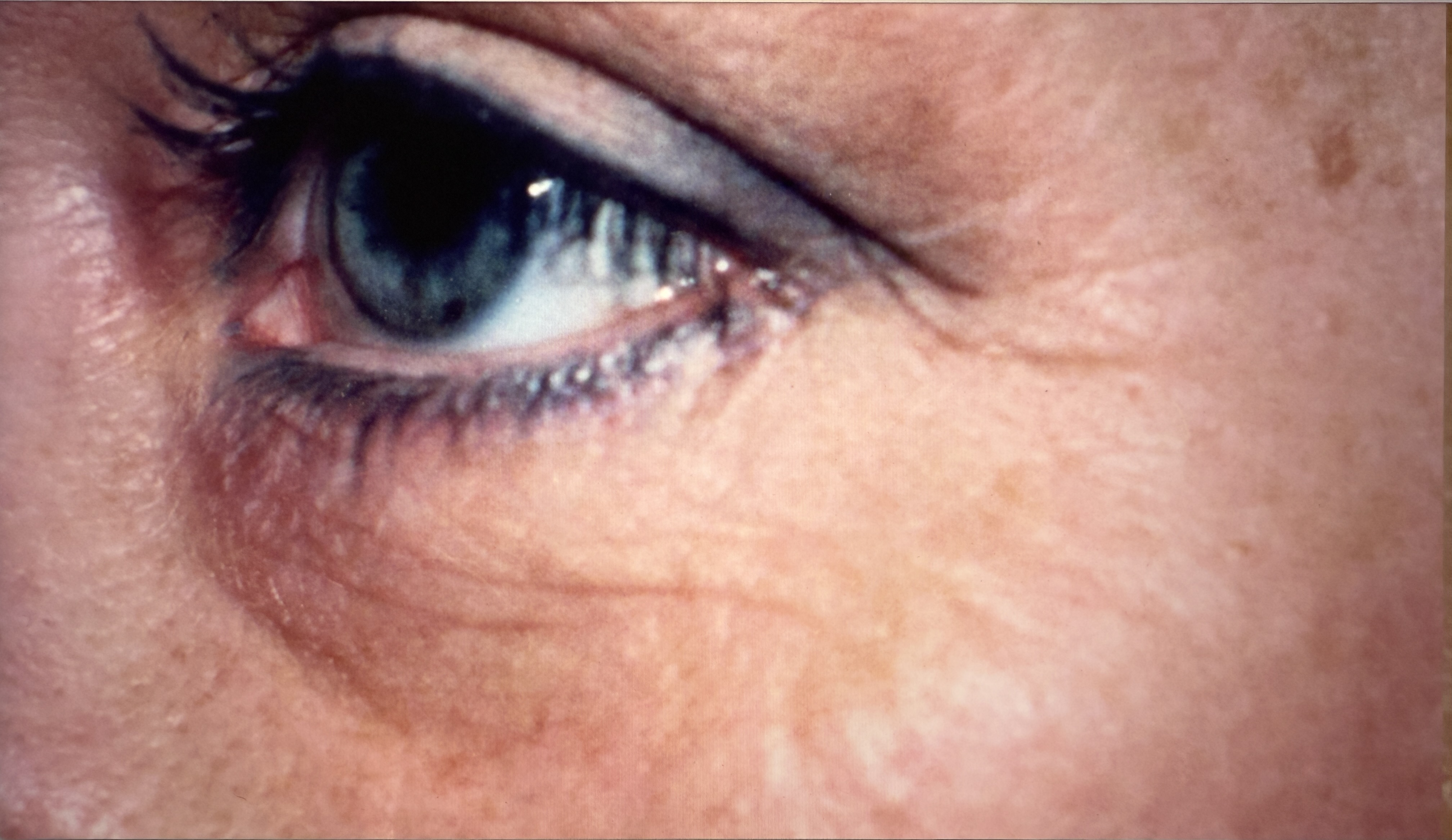
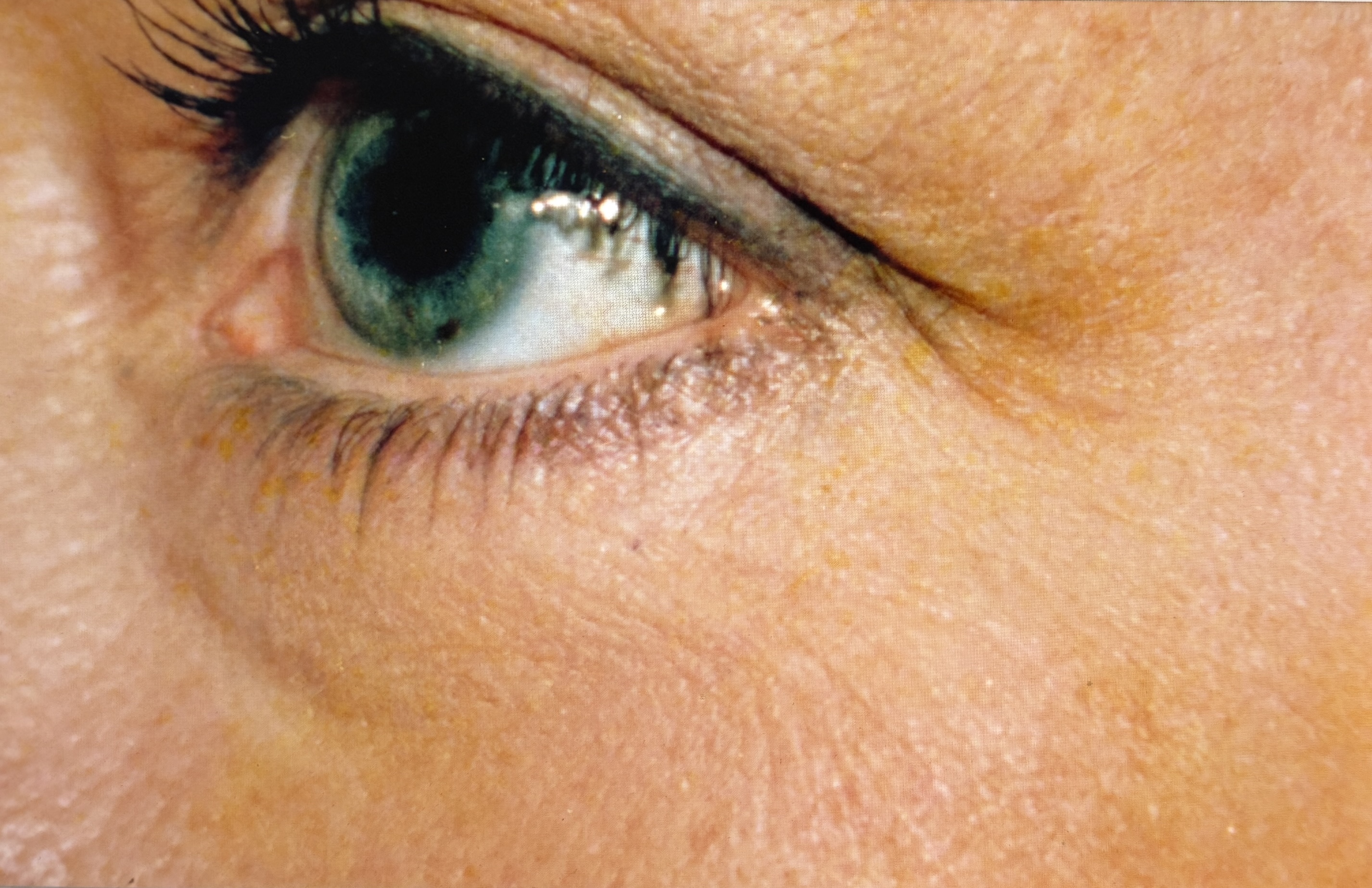
This patient achieved natural-looking results with eyelid surgery, enhancing their confidence while maintaining their unique beauty.
Brachioplasty Transformation
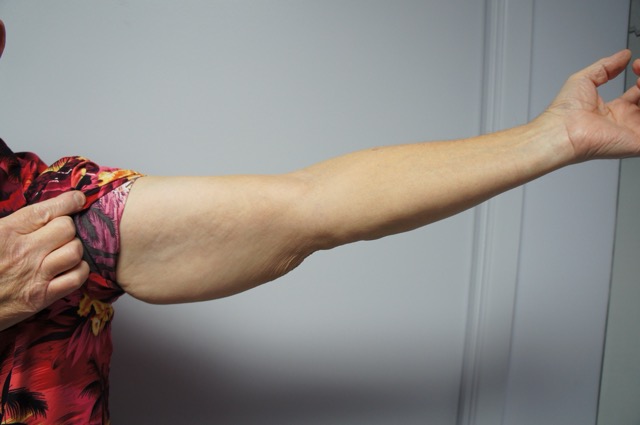
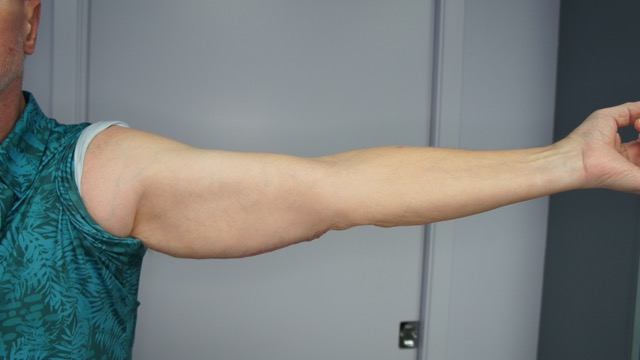
This patient achieved natural-looking results with arm lift surgery, enhancing their confidence while maintaining their unique beauty.
Male Body Contouring
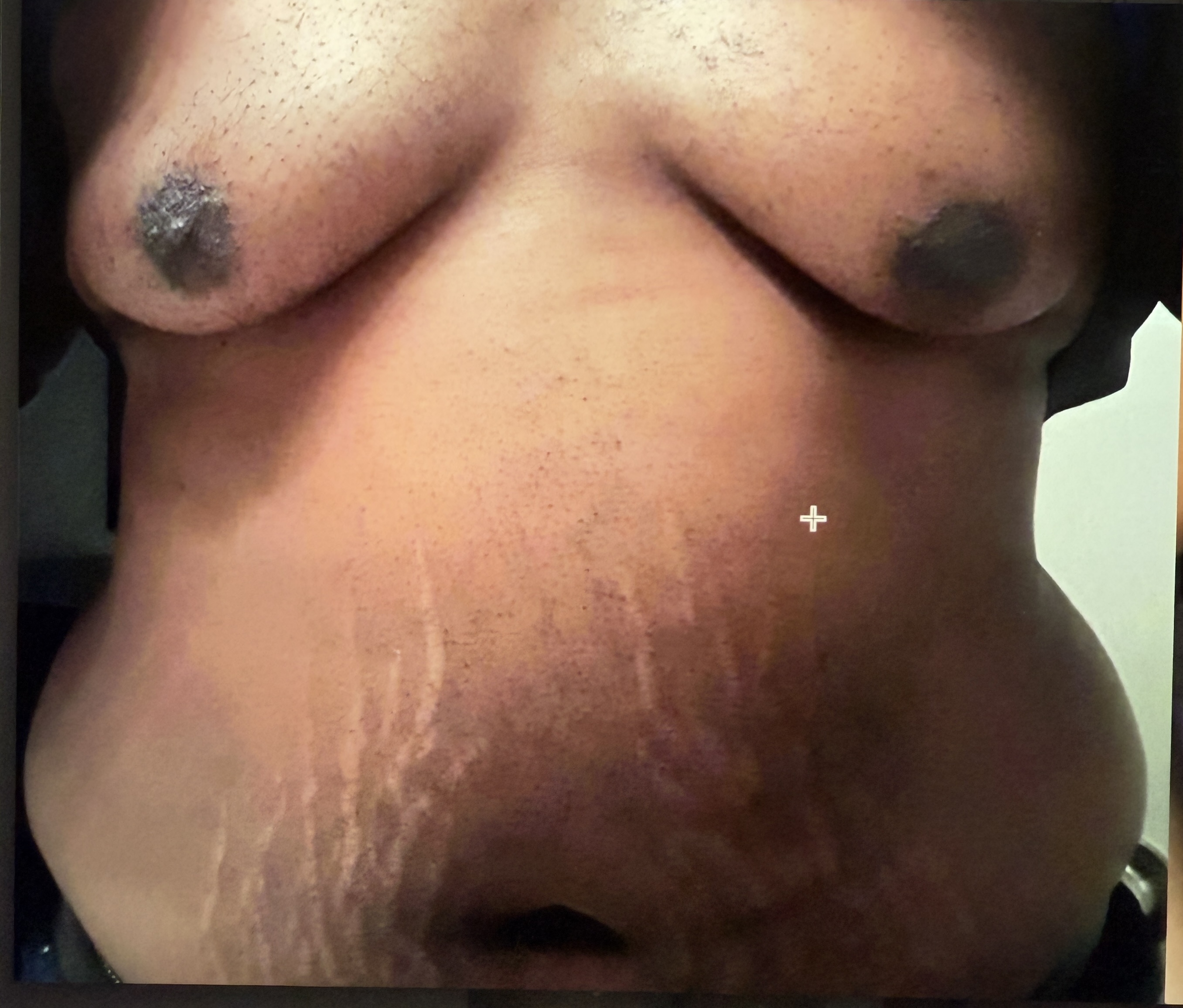
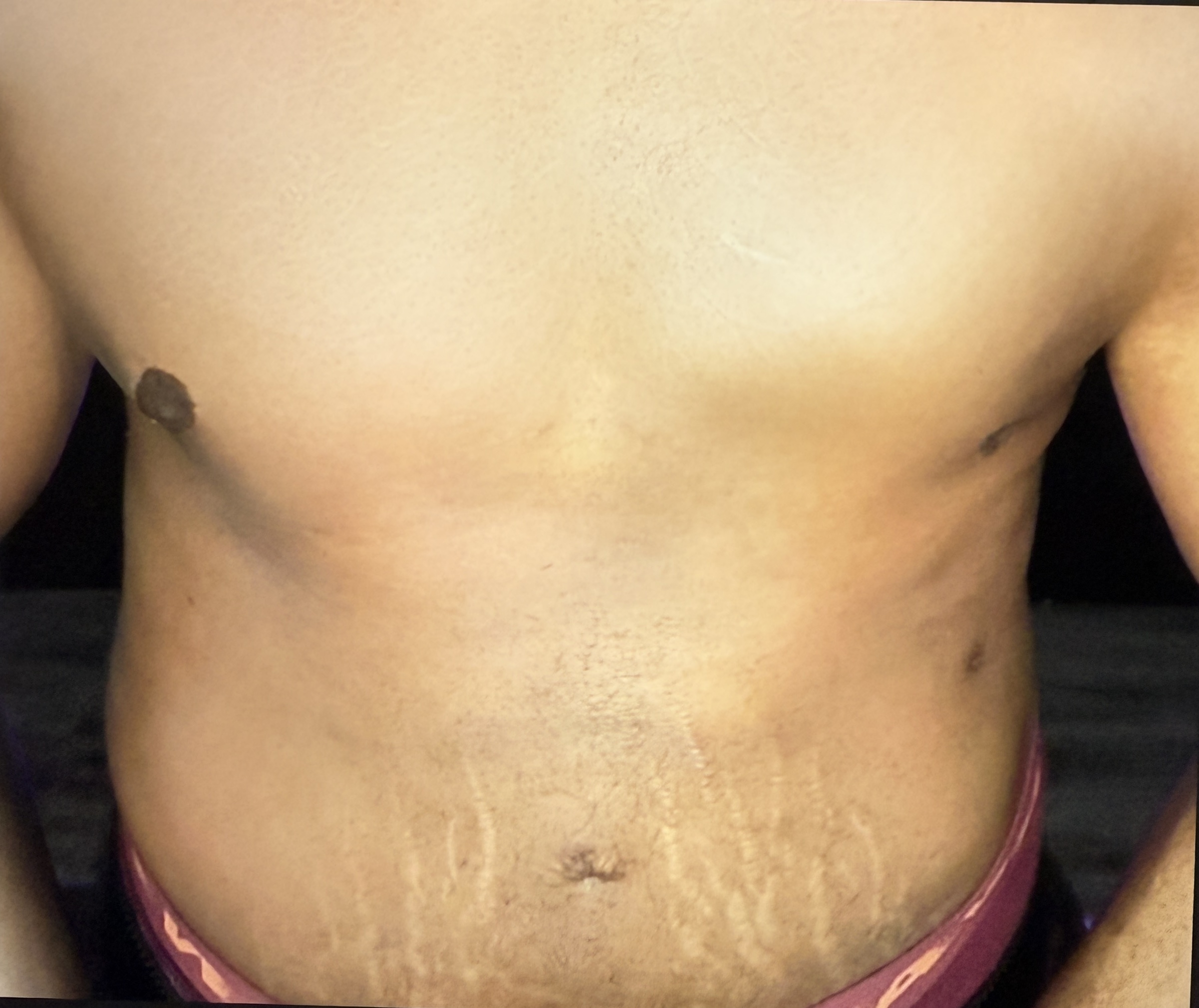
This patient achieved natural-looking results with liposuction & male breast reduction, enhancing their confidence while maintaining their unique beauty.
Breast Augmentation Enhancement


This patient achieved natural-looking results with breast augmentation, enhancing their confidence while maintaining their unique beauty.
Ready to See Your Own Transformation?
Schedule your personalized consultation with Dr. Lavey to discuss how we can help you achieve your aesthetic goals.
The Patient Experience and Stories
Hear directly from our patients about their transformative experiences and the confidence they have gained through their journey with us.

Pamela R.
Facelift
"Dr. Lavey exceeded my expectations! His attention to detail and artistic approach gave me natural-looking results. The entire staff was professional and caring throughout my journey. I feel confident and refreshed."
Chris Crevitt
20-Year Patient
"I have been a patient of Dr. Lavey's for approximately 20 years and cannot express how happy I've been with his work! I am also happy with his approach with being conservative with his procedures. Dr. Lavey actually performs all of his procedures himself and is a true artist."
Jennifer L.
Breast Augmentation
"Amazing experience from consultation to recovery! Dr. Lavey listened to my concerns and delivered exactly what I wanted. The results look completely natural. I would highly recommend him to anyone."
Michelle R.
Rhinoplasty
"Dr. Lavey is truly an artist! My nose looks perfect and natural. His expertise and gentle approach made the whole process comfortable. The results speak for themselves - I love my new look!"

Pamela R.
Facelift
"Dr. Lavey exceeded my expectations! His attention to detail and artistic approach gave me natural-looking results. The entire staff was professional and caring throughout my journey. I feel confident and refreshed."
Request a Consultation
Take the first step toward your transformation with a personalized consultation
Flexible Payment Options
Making your transformation more accessible with convenient financing

Healthcare financing with special promotional offers and flexible payment plans
